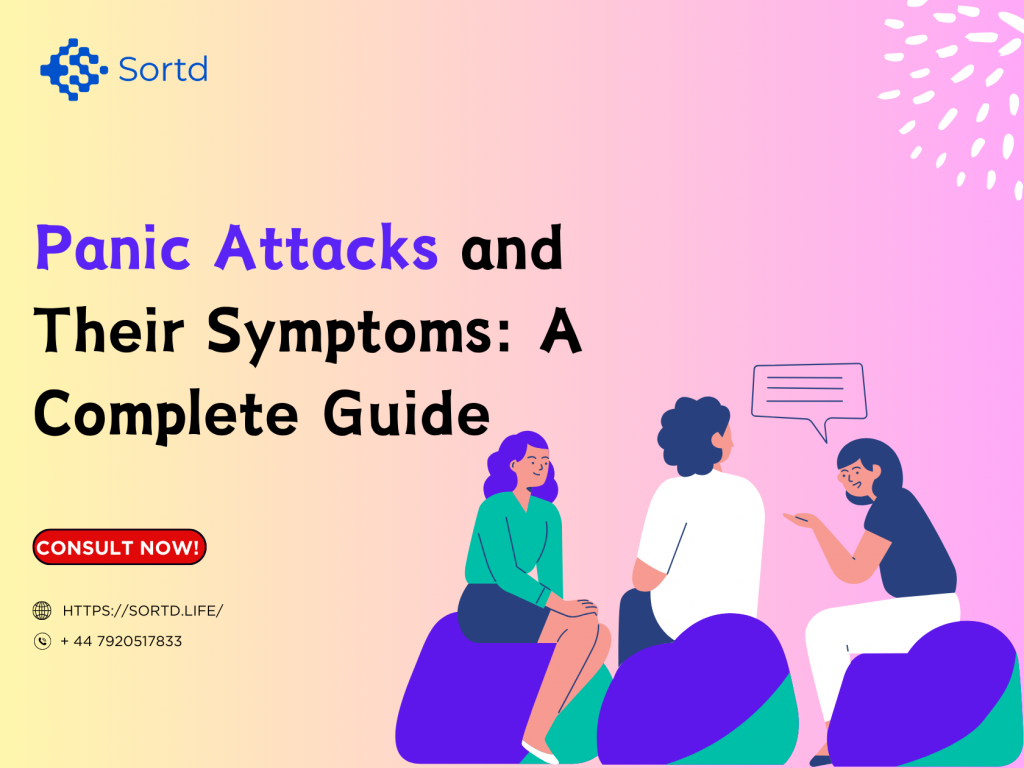
Panic Attacks and Their Symptoms: A Complete Guide
Panic attacks are intense, sudden episodes of overwhelming fear and anxiety that can be both frightening and perplexing. Despite their prevalence, the understanding of panic attacks remains limited for many. In this blog post, we will unravel the mystery surrounding panic attacks, exploring what they are and delving into the common symptoms accompanying these distressing experiences.
Defining Panic Attacks:
A panic attack is a sudden surge of intense fear or discomfort that reaches its peak within minutes. These episodes are often accompanied by physical and emotional symptoms that can be alarming for those experiencing them. Understanding the nature of panic attacks is crucial for both individuals who may be prone to them and those supporting loved ones dealing with these challenges.
Symptoms of a Panic Attack:
1. Intense Fear and Anxiety:
The hallmark of a panic attack is an overwhelming sense of fear and anxiety that seems to come out of nowhere. This fear can be so intense that it feels like one is facing imminent danger, even if no real threat exists.
2. Rapid Heartbeat (Palpitations):
During a panic attack, the heart may race or palpitate, causing a sensation of a fast or irregular heartbeat. This physical symptom often adds to the overall feeling of distress.
3. Shortness of Breath:
Many individuals experiencing panic attacks report a sense of breathlessness or difficulty breathing. This can lead to hyperventilation, making the person feel light-headed or dizzy.
4. Chest Discomfort or Pain:
Chest tightness or pain is a common symptom during panic attacks, often contributing to the mistaken belief that a heart attack is occurring. This physical sensation can intensify the fear experienced during an attack.
5. Trembling or Shaking:
Physical manifestations such as trembling or shaking may occur during a panic attack. These symptoms are a result of the body’s heightened state of arousal. Common Myths about Mental Health
6. Sweating or Chills:
Excessive sweating or sudden chills are frequent accompaniments to panic attacks. The body’s response to perceived danger includes changes in temperature regulation.
7. Nausea or Upset Stomach:
Gastrointestinal symptoms, such as nausea or an upset stomach, are not uncommon during panic attacks. The body’s stress response can impact the digestive system.
8. Feeling Detached from Reality (Depersonalization):
Some individuals may experience a sense of detachment from themselves or their surroundings during a panic attack. This feeling of depersonalization adds to the distress of the episode.
9. Fear of Losing Control or Going Crazy:
A pervasive fear of losing control or going insane is a cognitive symptom of panic attacks. Individuals may feel as though they are losing touch with reality.
10. Fear of Dying:
Many people experiencing a panic attack express a fear of dying, even though there is no actual threat to their life. This fear can contribute to the overall intensity of the episode.
Conclusion:
Understanding panic attacks and recognizing their symptoms is the first step toward effective management and support. If you or someone you know is dealing with panic attacks, and seeking professional help then you can connect with a Professional panic attack Therapist in UK now!
